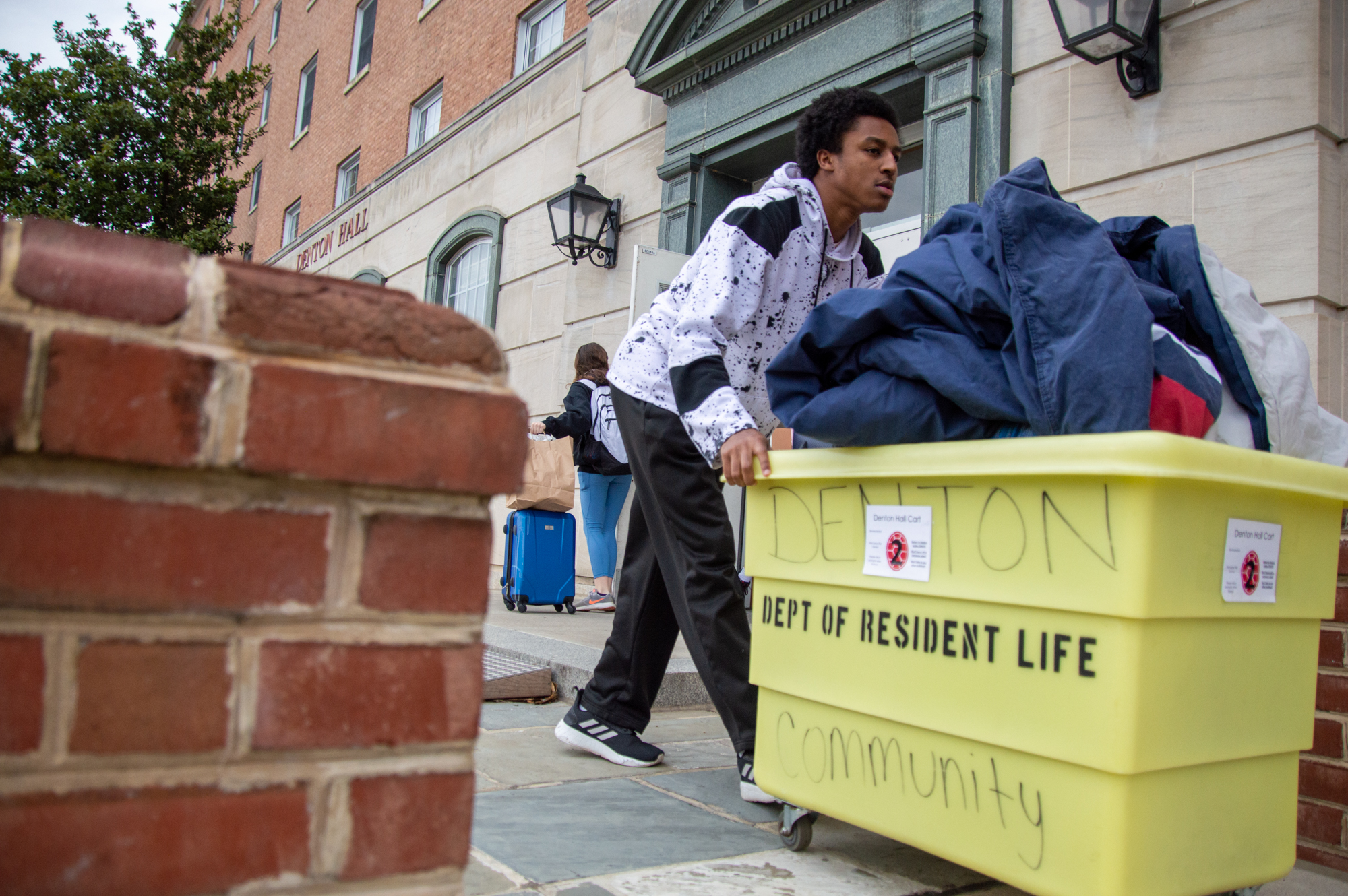Views expressed in opinion columns are the author’s own.
Oh, COVID-19, the gift that keeps on giving. This Pandora’s box of a pandemic to kick off the decade has changed day-to-day life worldwide, and College Park is no exception. For students, one of the worst disruptions may be changes to on-campus housing.
The University of Maryland’s decision to close on-campus dorms and university-owned housing is necessary to contain the spread of the coronavirus. Yet once again, this university made a decision that is at best inconvenient, and at worst dangerous, for this school’s most vulnerable students.
First, let’s talk about the peril that the closure of university-owned housing causes students. Cutting off almost all access to dorms — as well as South Campus Commons and Courtyards — is understandable from a pragmatic standpoint, but it simply doesn’t account for the students who consider this housing their primary residence. Whether that means living on the campus to avoid an abusive family, food insecurity, a relative at risk for the coronavirus or other unsafe situations, university-owned housing provides a safe haven for the students who need it the most.
This closure is especially harmful for students living in South Campus Commons, Courtyards or any other form of on-campus apartment. Those units have leases lasting about 11 months — way longer than the time students are allowed to live in dorms. Students in these residences pay monthly rent for an apartment they often expect to spend the summer in, so losing their housing changes more than just where they live during the school year. It affects whether they stay in College Park for a summer job or internship — or simply to avoid home.
The university is providing limited emergency on-campus housing, but there’s no indicating how many students will actually have access to those rooms. Even for the few students who are allowed to stay on campus, there are countless others with similar plights who will likely be denied from remaining in College Park.
Next, let’s unpack the choice to indefinitely postpone students’ moving out appointments. First, the university told students that they had to move out of their dorms by April 5. Then the deadline was extended to May 15, which appeared to be beneficial by providing more time and flexibility for students to collect their belongings. Yet on March 25, the university indefinitely postponed all move-out appointments in dorms in accordance with Maryland Gov. Larry Hogan’s decree that people should stay home except for essential reasons. Only students with certain exceptions will be allowed to remove their items.
Bringing students back to the campus despite carefully-scheduled appointments could be problematic for maintaining social distancing and curtailing the disease. But it doesn’t put students’ minds at rest knowing that their belongings are in their dorms or on-campus apartments indefinitely, with no viable way of retrieving them.
For in-state students, it’s frustrating. But for out-of-state students? A logistical headache with no current simple resolution. It’s clear the university shouldn’t endorse students congregating on the campus, but that’s no excuse for a murky move-out proposal. There should be a concrete move-out date, and if that date needs to change, so be it. But leaving students in the dark about potential move-out time frames isn’t the right way to go about this unprecedented issue.
The university had no other choice than to force students out of campus-owned housing — social distancing is for the common good. But it did have the choice to act transparently and consistently throughout the process.
Maya Rosenberg is a sophomore journalism and public policy major. She can be reached at maya.b.rosenberg@gmail.com.



